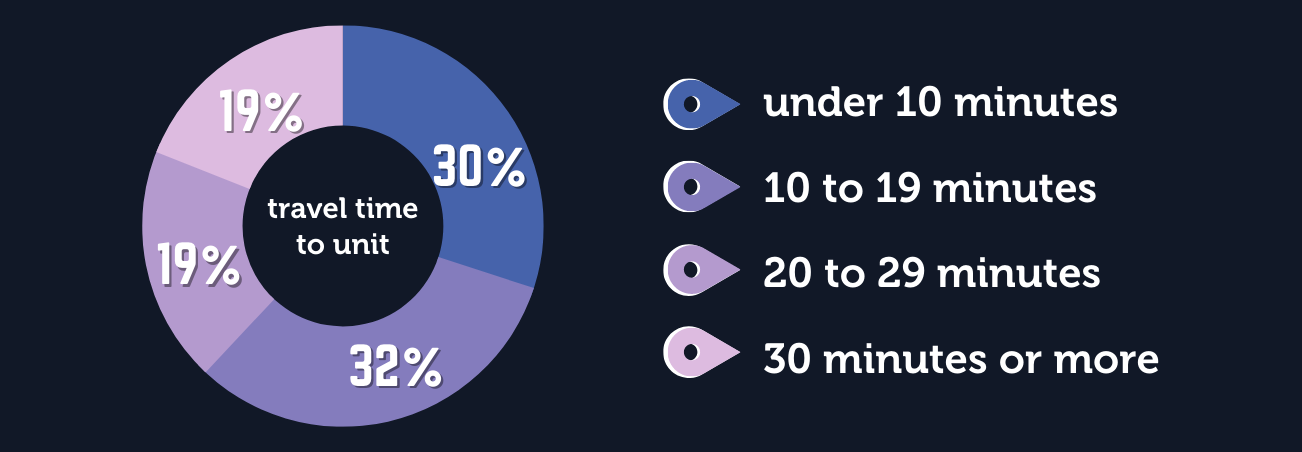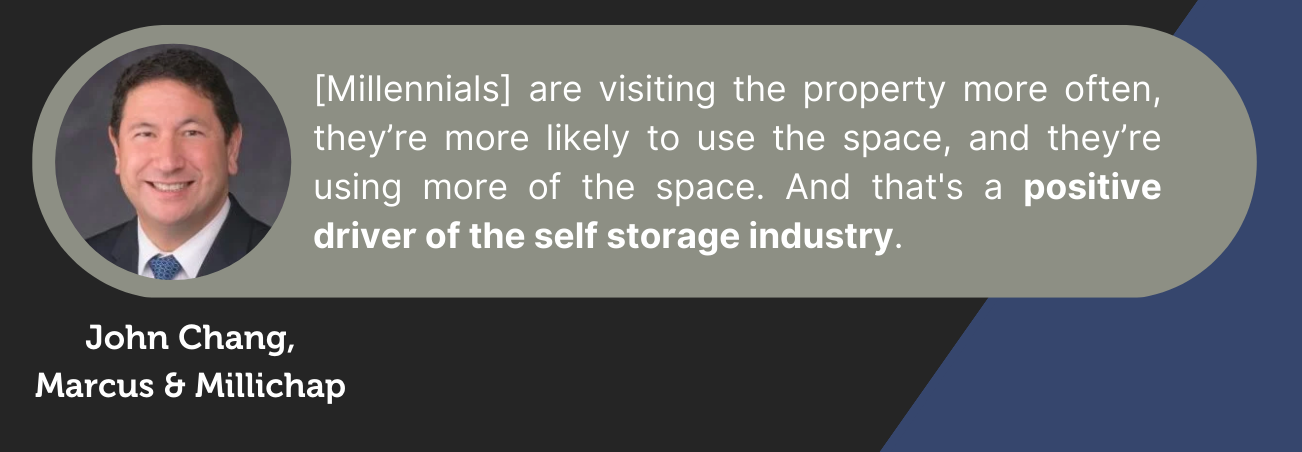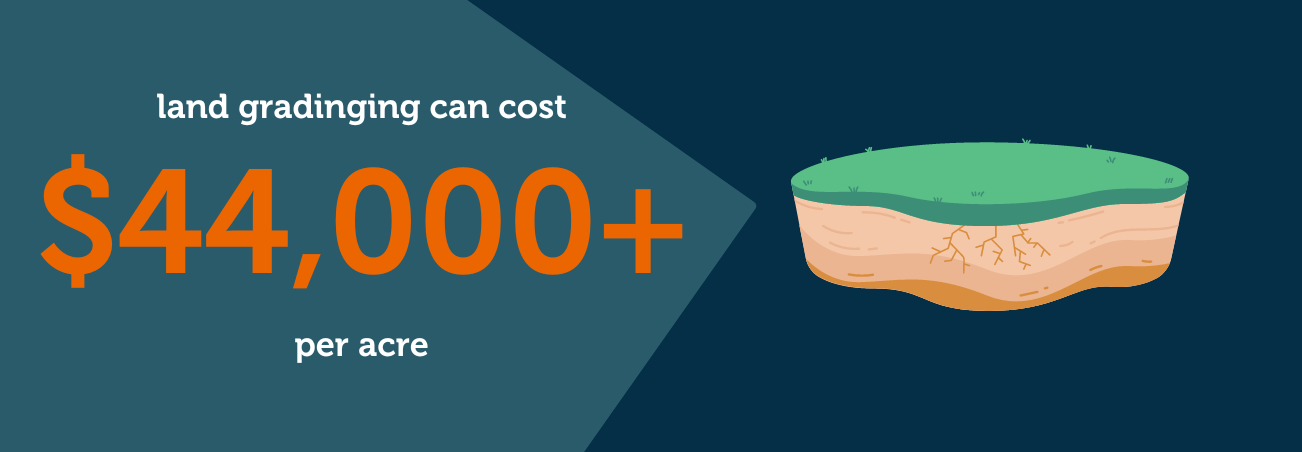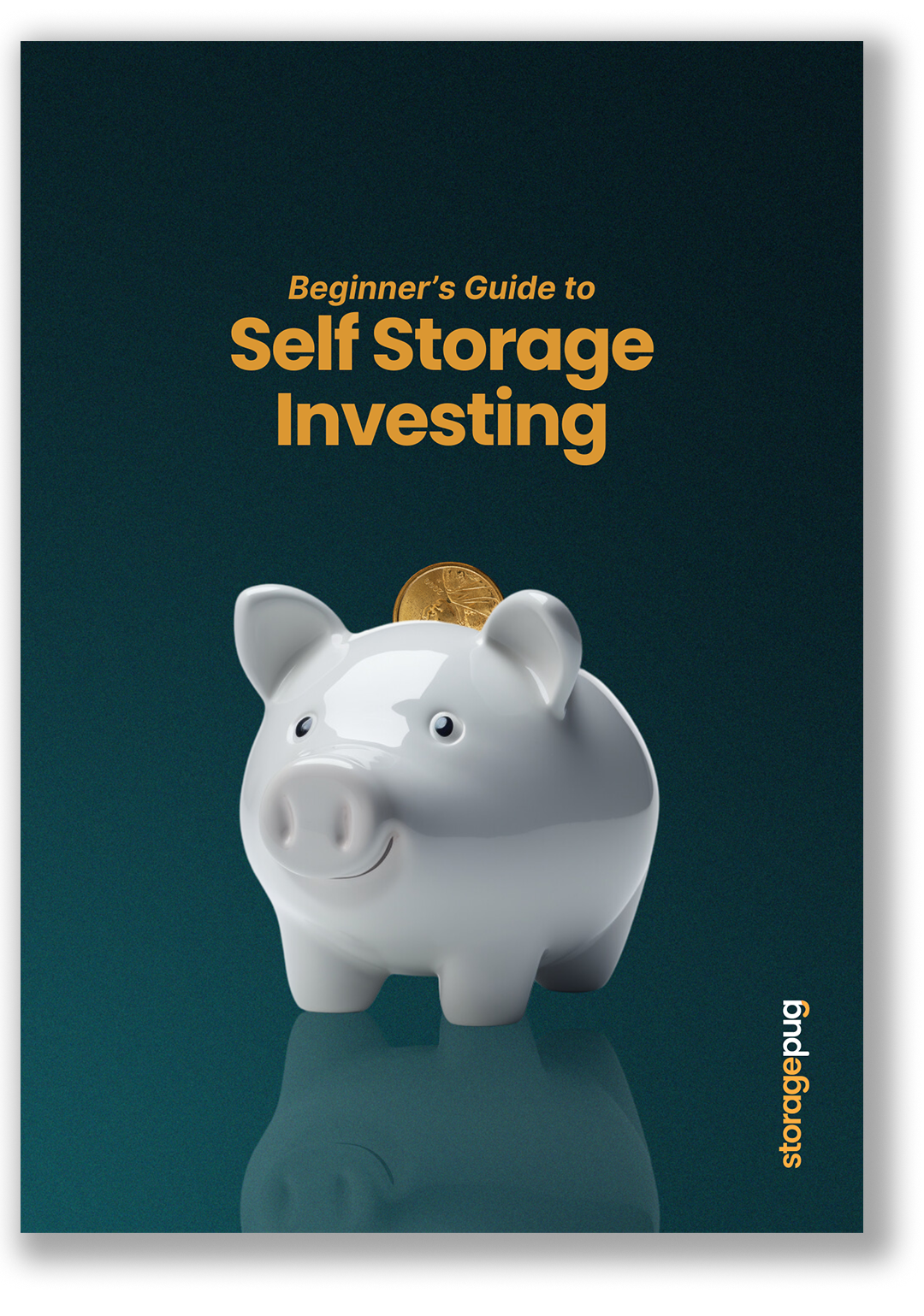Menu
April 5, 2024


If you’ve been thinking about building a self storage facility, you're not alone. Self storage development has been on the rise for well over a decade now.
But if you’re going to build a self storage facility, you can’t just build it anywhere. More than ever before, the location of your self storage facility is likely the most consequential decision you’ll have to make.
This is a choice that could determine whether your foray into storage is a success or a failure. It may even determine whether or not you can secure adequate funding to begin with.
To help you out, here are all the things you should consider when trying to decide where to build your self storage facility.
Finding the right place to build your self storage facility isn’t always easy. But it’s one of the most important decisions you can make.
It's right up there with (or even above) choosing the right software.
After years of the industry booming, it’s an understatement to say that competition is fierce. Gone are the days when you could open a storage facility almost anywhere with virtually any amenities and expect success.
Let’s take a look at each of these considerations in more detail below.
Did you know that 62% of the nation’s self storage customers travel under 20 minutes to reach their storage unit from home?

How far do self storage customers travel to reach their storage unit? Here are some quick stats:
Now, this doesn’t mean you can only build a storage unit business in cities and other heavily urbanized areas. A self storage facility can be very successful in a more rural area so long as the market conditions are right and the right location is chosen.
After all, rural customers tend to be willing to travel a bit further to reach their storage unit.
One trend to keep in mind, though, is that—according to John Chang of Marcus & Millichap—data shows that millennials are visiting their storage units far more often than the baby boomer generation.
And that’s big considering that millennials are currently the largest consumer generation, and more visits mean being closer to the facility is even more important.
During our State of the Industry 2023 Gabfocus event, John Chang painted an interesting picture of self storage’s largest customer demographic: “[Millennials] are visiting the property more often, they’re more likely to use the space, and they’re using more of the space.”

With millennials in their 30s and soon their 40s, home ownership and settling down are in process or on the horizon. These customers want to visit more often to grab their bike out of storage or their kayak or other items that see frequent use.
You can look towards markets where they’re likely to settle down—looking at shifts in the job market and population migration patterns—and build your storage facility accordingly.
This isn’t just important on a national scale, either. Because your customers will likely come from within a one-to-five-mile radius, you can even look at migration trends within your city limits to make an informed choice about where to build your storage facility for long-term success.
In November 2022, Public Storage and the Atlanta Botanical Gardens entered a land trade deal along the Atlanta Beltline.
The catch?
The Gardens had to get their land zoned for self storage before Public Storage would accept the trade.
Getting land rezoned is one of the biggest headaches a new self storage owner could face. If even one of the nation’s self storage REITs (What’s that? Check this post out!) doesn’t want to gamble on getting land zoned, you can bet that smaller operators will feel even more of a struggle in the zoning arena.
Make sure to look for land already zoned properly for self storage to avoid that problem.
And if you can’t find land zoned for storage in the area you want? Consider a self storage conversion project. Municipalities are more likely to allow an old building to be converted into storage than to have a new one built.
That’s a good way to enter a densely populated area!
Have a feasibility study done before building a self storage facility.
When you’re starting a self storage business, it’s important for you to know all of the details to make informed decisions.
Self storage feasibility studies are carried out by experts in the industry and in parsing the data you need.
In many cases, banks will even prefer (or require) you to bring a feasibility study to the table to secure a loan before building a self storage facility.
Depending on your market, you could also consider taking a drive or looking at self storage development data and aggregators such as a StorageCafe to see just how dense the competition really is compared to potential demand.
Other prominent aggregators include SelfStorage.com and SpareFoot.
While you want to target a populated area, it’s important to remember that you need ample space to build your facility.
When considering possible locations, look at how much space is available to you. Think about how this amount of space impacts the design of the building and the storage unit mix you can have.
If you have extra space on your property, you can turn it into vehicle parking like Georgetown Storage & Parking here!
Pug Pro Tip: Your feasibility study will help you determine what size storage units are in demand in the area, and that can help inform your building’s construction layout.
Also keep in mind that there are obstacles—both physical and intangible—that might make your usable land smaller than the physical land you intend to purchase.
Here is a list of "gotcha" scenarios from Inside Self Storage that can affect how much usable acreage is on a location:
Imagine this scenario:
You have the perfect location right by a new housing development, across from an office complex, a mile from a major university, and right beside a popular area shopping mall.
Unfortunately, it’s nearly impossible to access the facility. Customers can only get in by turning right off a major road with a median barrier—and your nearest competitor is less than a mile down the other side of the road, where customers from the new housing would have to make a u-turn to reach you. There’s no turning lane to enter, so they have to slow down and turn in otherwise high-speed traffic. There’s only room for one entrance/exit, congesting the access to your facility.
The good news in the above scenario is you’re building a storage unit business in a place with lots of potential customers.
The bad news is that you’re not able to build a self storage facility that is accessible. It’s very possible you will lose potential customers just because of how inconvenient it is to reach you.
Accessibility can be a major factor. Make sure you have a solution for it before you build.
High visibility is key.
While it’s critical to make sure your customers can find you while searching online, it’s still a fact that many—if not most—storage customers find a storage facility just because they drive by it daily.
You should aim to build your storage facility on a major road. If you can’t find a piece of land right on such a road? Try to find a location fairly close to the road and install great signage that IS visible to drivers from that roadway.
Safe Secure Stored - Panther Storage & Parking picked a spot alongside a major highway and near some other popular businesses, for example.
Do your best to find land that is already level.
If your perfect location has uneven topography, there is always the option of grading the land. But this can cost upwards of $44,000 per acre.

That’s an expense you can avoid if you’re able to find land that is well-positioned and already level.
In all real estate matters, location is the most important thing. This includes deciding where to put your new self storage facility.
Don’t take the decision lightly.
Examine all the possible angles, come up with several options, and compare them against one another.
In the end, you’ll be happy you took the extra time to pick your location. It will set your business up for long-term success.
Interested in learning more about owning a self storage unit business? Check out some of these great resources!
